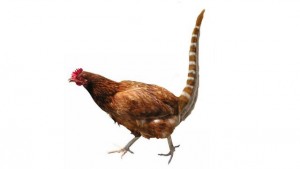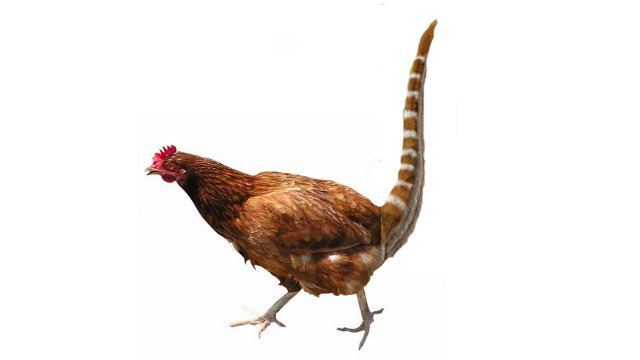
You may remember that in Jurassic Park, scientists sequenced some dinosaur DNA from a mosquito trapped in amber. They made a copy of this DNA, filled in the gaps with frog DNA and then created a dinosaur.
Although cool, we're not likely to get dinosaurs this way in the near future for a bunch of different reasons. The biggest for now (besides not having any dinosaur DNA) is that we can’t clone anything bigger than a bacterium with just a piece of DNA. To clone a multi-celled creature like a dinosaur, we need frozen or even better, live cells.
While this might be possible for some extinct animals including mammoths, 65 million years is just too long to find any frozen or viable cells. But there may be another way to one day create Jurassic Park. By messing with a chicken’s genes.
Current theories are that birds evolved from dinosaurs. This means that all the information for making a dinosaur was contained in bird DNA at one time. The trick is to figure out what this dinosaur DNA looked like and to change bird DNA accordingly and/or to unlock any hidden dinosaur DNA that may still be in bird DNA.
After 65 million years you might think all traces of dino-DNA would be lost in birds. Surprisingly, you’d be wrong. It looks like there is still some T-rex lurking in a chicken’s DNA.
